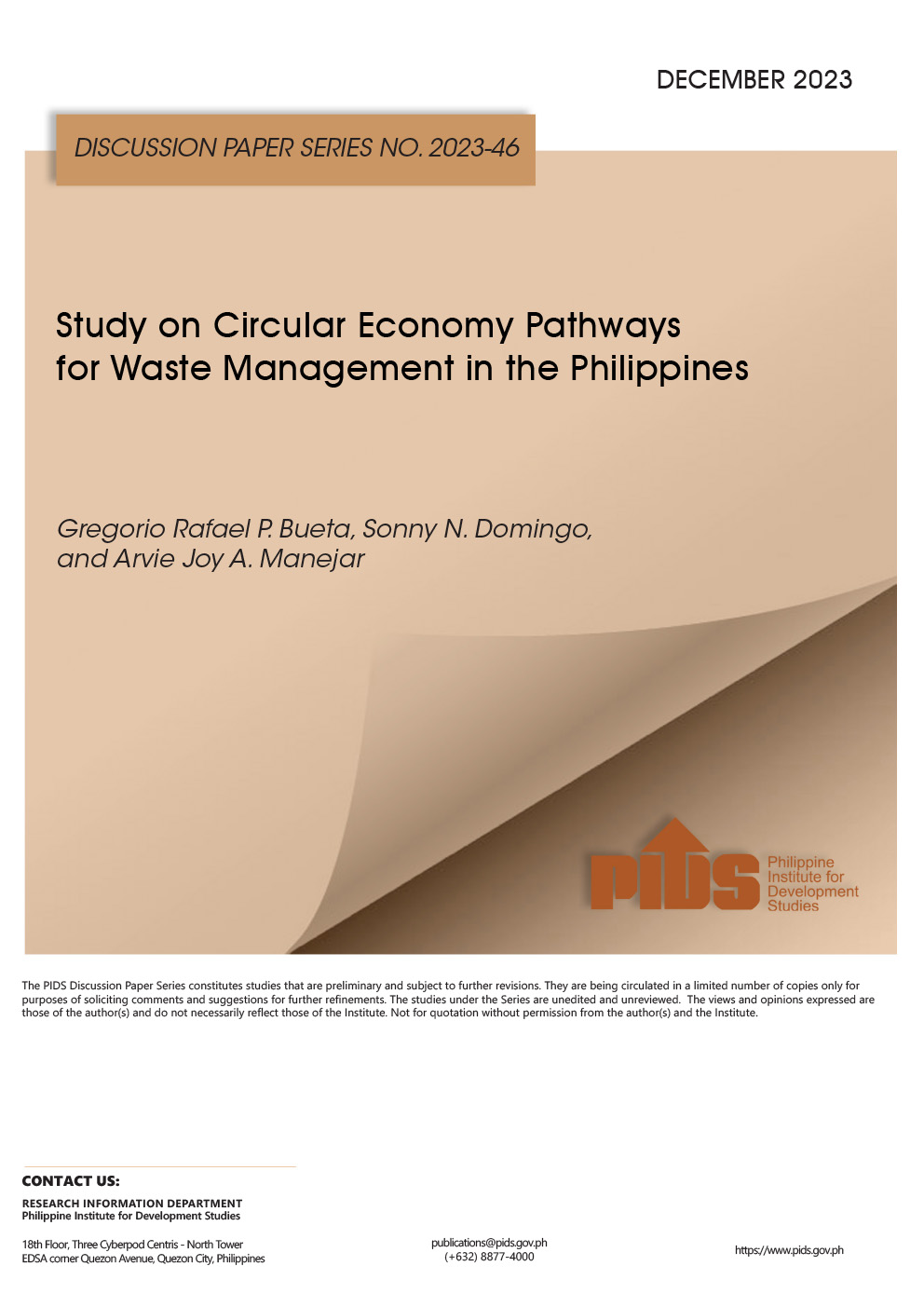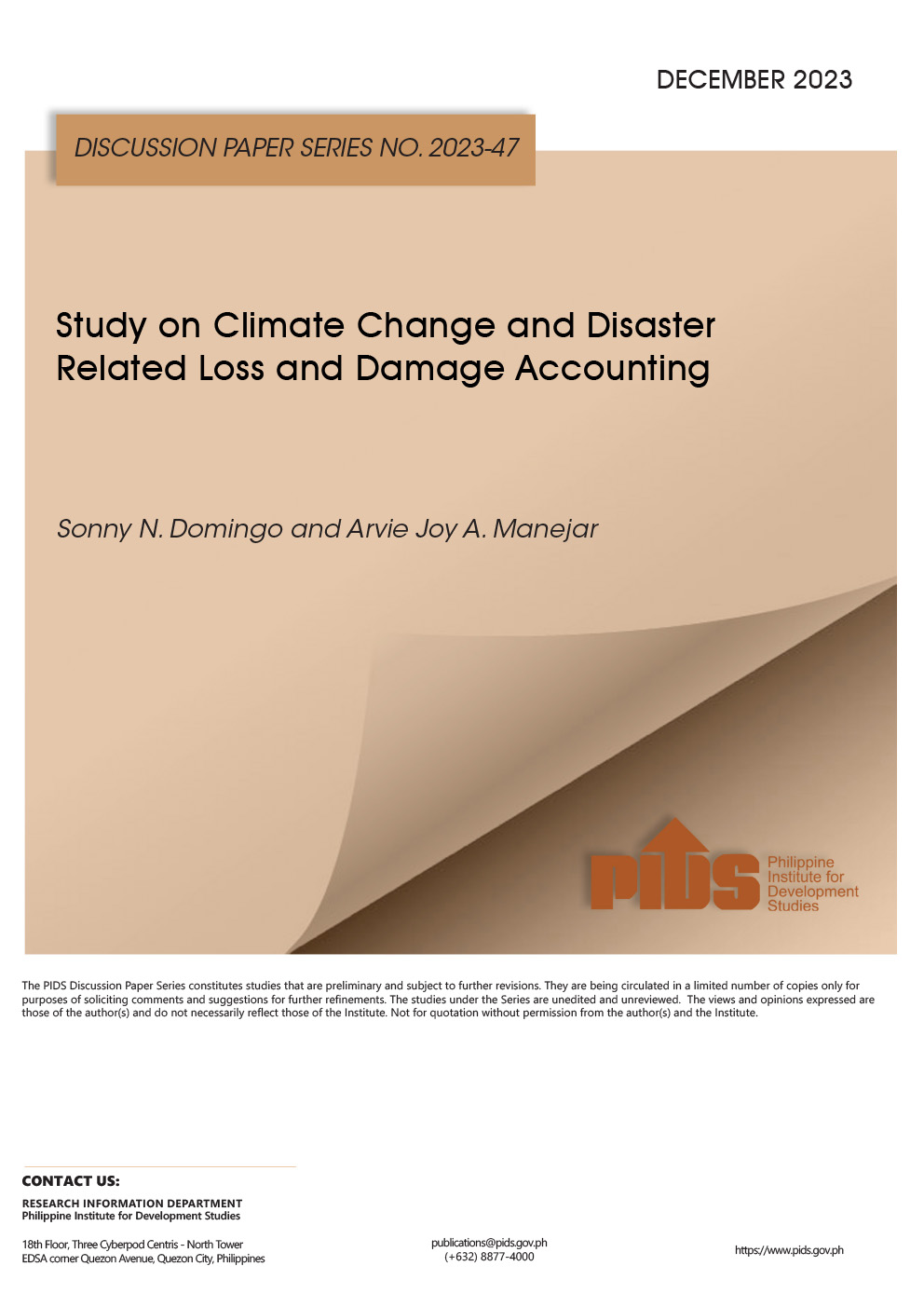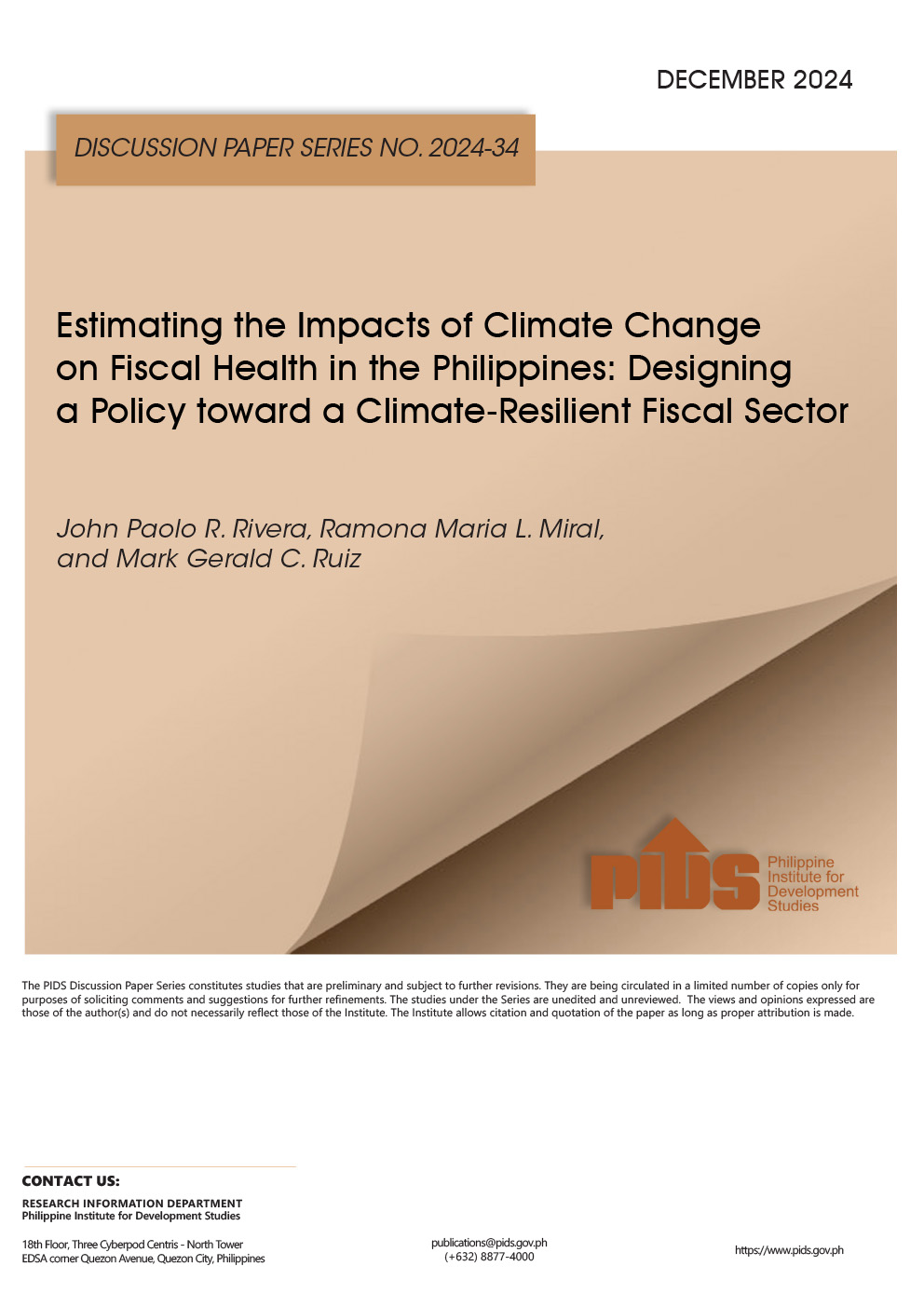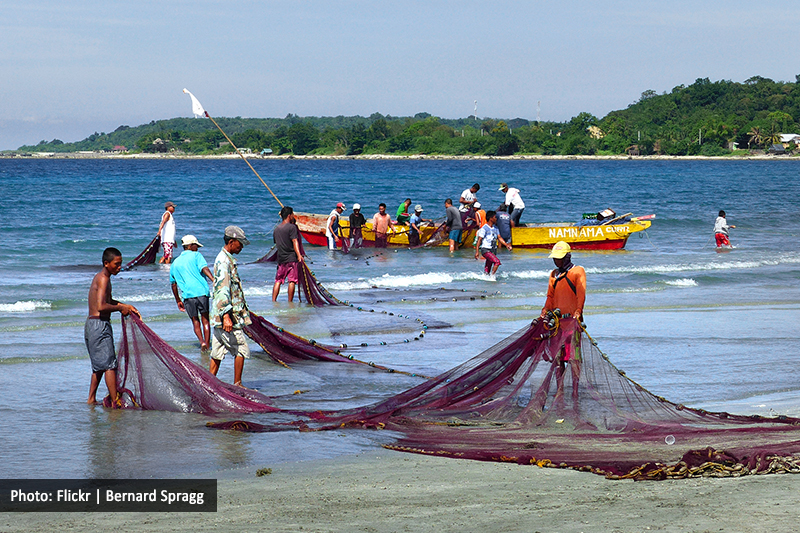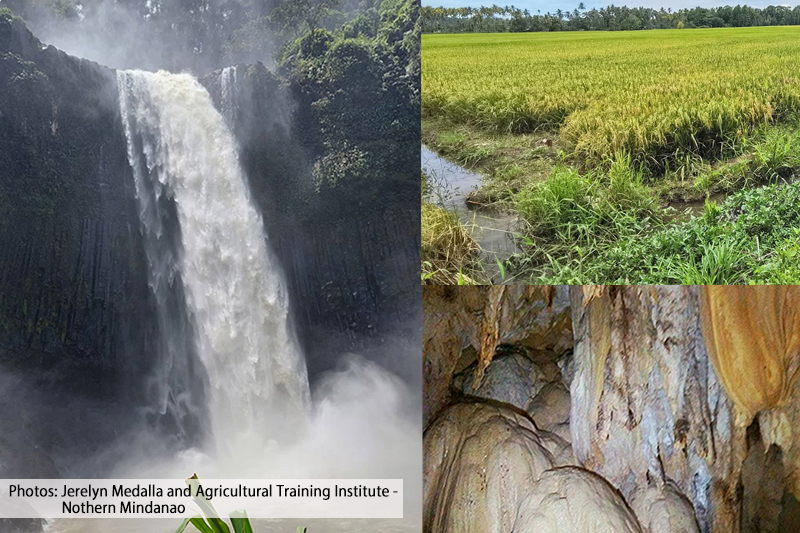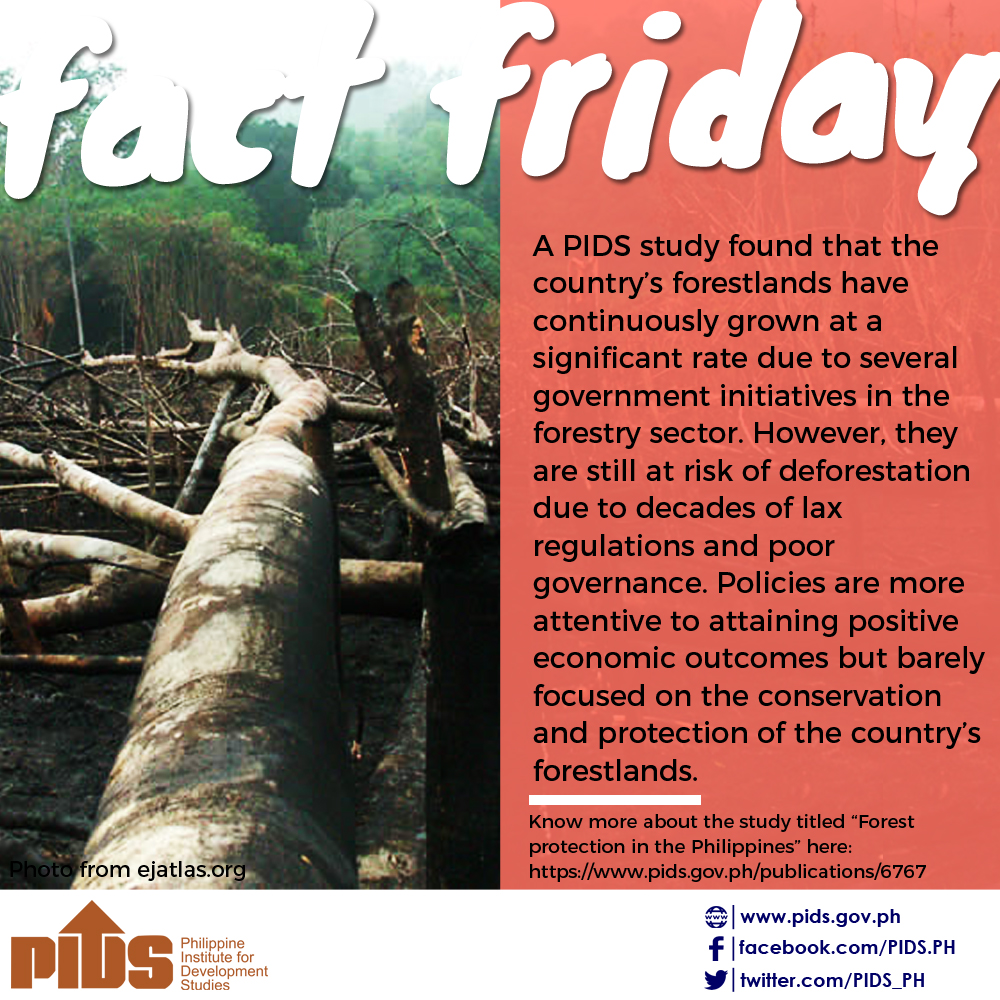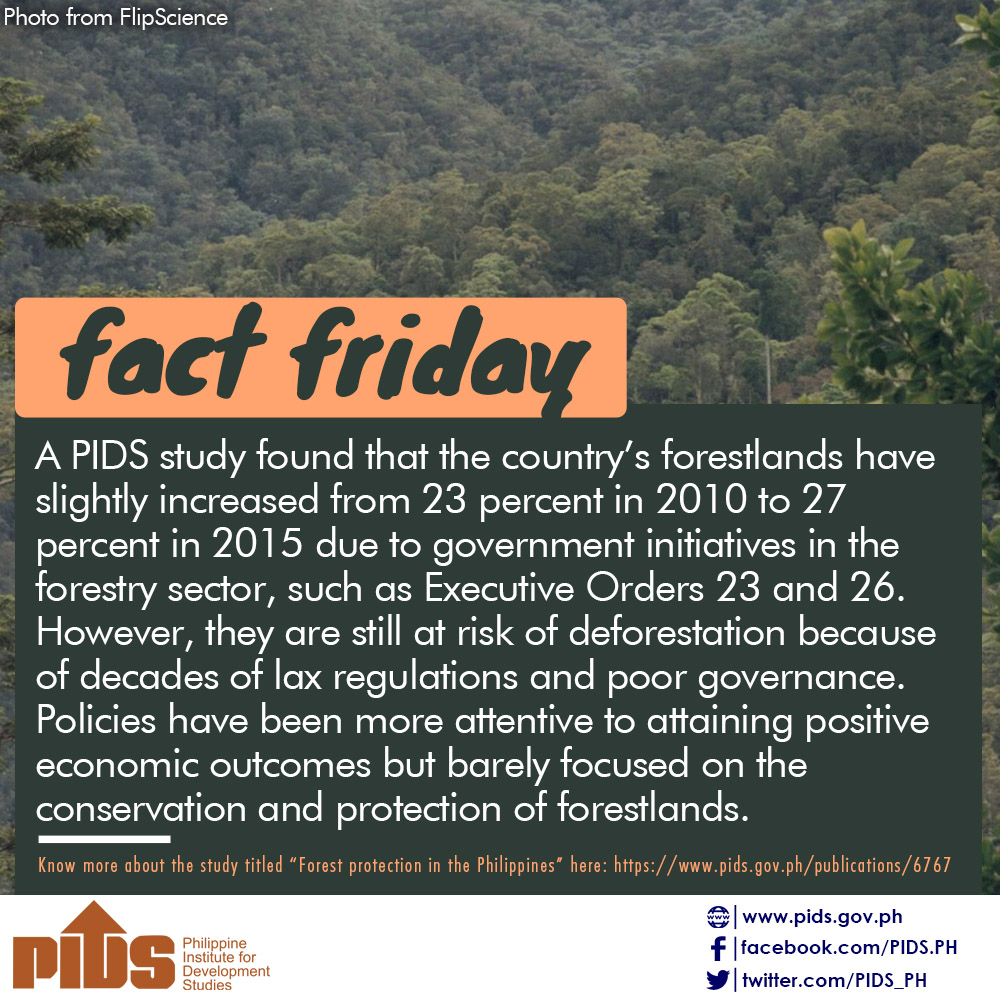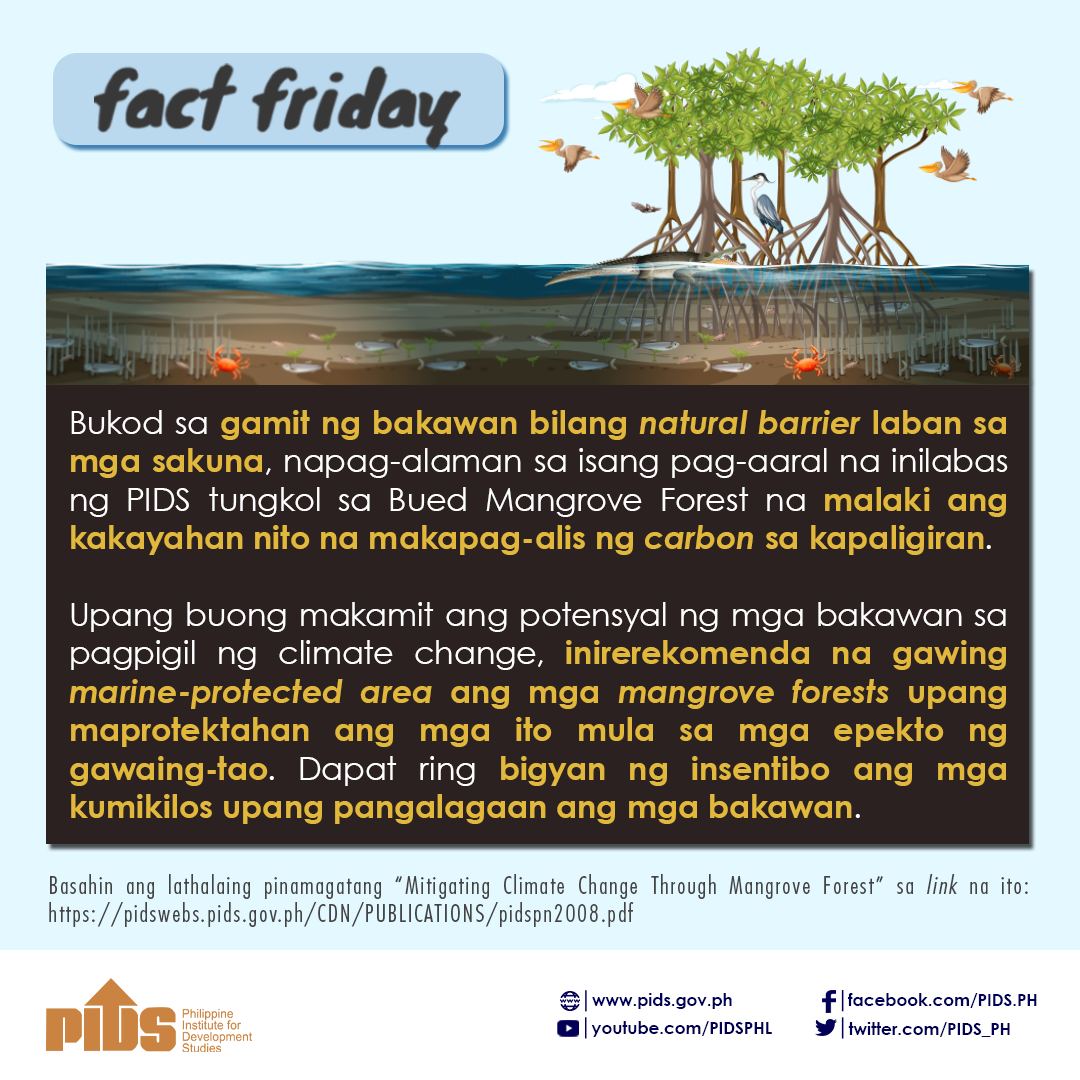According to Republic Act №10176, the Philippines observes Arbor Day every June 25. The Arbor Day Act mandates local government units to adopt a day every calendar year to commemorate the national tree-planting day. It also allows them to allot a budget and resources for annual tree-planting activities.
As this legislation was passed in good faith, its implementation should be scrutinized. After a month of the said observance in 2021, Esquire reported that a branch of the Department of Environment and Natural Resources (DENR) distributed an invasive alien species of tree. The DENR CENRO Capas Tarlac gave 585 seedlings of various trees to passersby at the Capas Shrine Monument. This includes cashew, guyabano, narra, cacao, sampalo, atis, bignay, and, in particular, mahogany.
In a 2016 study, the Philippine Institute for Development Studies also reported that under the National Greening Program, the most planted tree was mahogany in 2012.In a 2014 STAR article, the Department of Agrarian Reform followed suit by planting 1,200 mahogany seedlings in the agrarian reform communities in the Mindanao region. Only in June 2020 did the DENR ban the use of mahogany in replanting forests after years of campaigns by civil society organizations against the said practice.
Mahogany is one of the invasive alien species of trees. Tracing its origin, it usually grows in the Central and South American region and was an import brought by the American colonizers into the country after agricultural and forestry schools opened in the 1900s. Ponce (1933), as cited in Banguinon, Quimado, and Francisco (2003), documented the introduction of American mahoganies, of which there are two types: small leaf mahogany and large leaf mahogany. Banguinon, Quimado, and Francisco (2003) said that mahogany thrives in invading natural forests, which is why it spreads throughout the archipelago. Further, they also noted that “mahogany plantation is like a “green desert” to wildlife.”
The case against exotic trees
In his book Philippine Native Trees 101: Up Close and Personal, former University of the Philippines Diliman Institute of Biology professor Dr. James Vincent LaFrankie Jr. emphasized the danger of non-native trees by illustrating the difference between planting molave versus mahogany:
“Molave, as a native species, has a relationship to the land, water, and other organisms that [have] developed over a million years.
Certain fungi live with the roots, certain insects feed on the plant parts, while others pollinate the flower. Birds and mammals live along the branches and feed on the seeds.No such relationship exists for the newcomer. The result is ten hectares of mahogany in a biodiversity-dead zone.
There are no birds, no insects, only a nearly dead soil due to the lethal chemicals that leak from the rotting leaves (emphasis mine). Native species are rarely found as seedlings beneath the canopy, and so, most significantly, there is no future for ten hectares of mahogany.”
LaFrankie further expounded his stance by saying, “Native species [have] a relationship to the land, water, and other organisms that have developed over a million years.”
With that, this only means that native trees are tied to their relationship with the land, like how land is life to our indigenous brothers and sisters. They maintain local wildlife as well as the diversity of life and adapt to environmental conditions specific to the area. Thus, exchanging them with exotic species will only do more harm than good. Exotics, especially alien invasive species, harm our food system and further deteriorate our endangered biodiversity.
In a BluPrint interview, Anthony Abrias of the Philippine Native Plant Conservation Society explained the advocacy behind promoting native trees: “We recognize that exotic plants have economic uses for us, such as pineapples, which are from South America. But if we’re not in the food industry, if we’re in tourism and development, then let’s develop responsibly. Since we have already lost 80 percent of our forest cover, and our wildlife [is] dependent on forests, then let’s plant trees that are native to our country.”
Uprooting ‘neocolonialism’
According to a report by the Asia-Pacific Forest Invasive Species Network, several exotic species of trees were introduced in the country with ‘good intentions’. They noted that mahogany was intentionally brought in for forest production in 1907. But one cannot deny that mahogany is also spreading at a national threat level and already pose a threat to biodiversity, as declared by the said international organization.
That being said, it is established that mahogany, as an exotic invasive species, was introduced to the archipelago during American colonization and was a byproduct of historical colonialism, or simply colonialism.
This is where the concept of monoculture in agriculture comes in as the demand increased in the lumber trade in the past. Abrias expounded: “We just think [mahogany] are native because at the height of the timber industry in the Philippines (mid 1960s-1980s), the dealers in the lumber trade, to simplify everything [and to ride on the demand worldwide for the prized Honduran mahogany] decided to call all our hardwoods ‘Philippine mahogany,’ whether they were white lauaan, red lauaan, apitong, mayapis, tanguile, almon, yakal, bagtican, etc.”
This practice was carried over as it showed itself in a different form. Here, Forest Foundation Philippines pinpointed the reason behind the usage of exotic species: “The low appreciation and understanding of ecological functions of native species in policy and programs have led to reforestation activities that use exotic species.”
Recently, mahogany placed in the top three in terms of log production on average in the last five years, according to the reports of Philippine Forestry Statistics.
While it is alarming, this also signals an opportunity to dig deeper into environmental movements and listen to Filipino scientists, civil society organizations, and indigenous people. This serves as a way of uprooting neocolonialism, and planting native trees is one of many ways to decolonize our forests.
The non-profit organization appealed to bring back Philippine native tree species: “By prioritizing native species in restoration activities, environmental and livelihood benefits would eventually help reduce poverty.”
The organization also reminded everyone to look beyond the economic valuation of the forest ecosystem and said that forest restoration should go beyond satisfying human needs in terms of livelihood, wood products, and food security.
Switching to local-based natural solutions for conservation would also be a win for decolonization efforts in the country. Nothing less than dismantling an economic system that jeopardizes the sacred connection between people and the planet must be embraced to create the conditions for true and long-lasting conservation of our native trees.
Strengthening climate resilience
The fact also remains that not everyone is equally impacted by climate change. Especially under the blanket of neocolonialism in the present, those who contributed the least often suffer the most.
Like the Philippines, which has been experiencing forest cover loss that impacts some 80 million Filipinos who depend on the forests for their resources, the European Tropical Forest Research Network noted that the country “is one of the most severely deforested countries in the tropics, and most deforestation has happened in the last 40 years.”
Conservation storyteller Celine Murillo explained in her Rappler article the most appropriate way to tackle environmental rehabilitation: “[F]irst, do a species-site matching. This is an important step that determines which species are suitable [for] a location, assessing properties, endemicity (whether native or exotic), growth rate, variety, and other requirements.”
Murillo also contended that planting native trees is one of the many climate solutions.
Indeed, planting native trees may not be the sole answer or cure-all to systemic climate injustice, but doing this will definitely undo some damage that humans have done to the atmosphere.
Coupled with calls for cutting down on fossil fuel use and other natural solutions, planting native trees is also a way to respect our indigenous roots and honor Mother Earth.
Lastly, to quote Abrias: “There’s a Chinese saying that goes, ‘The best time to plant a tree was 100 years ago.’ To that we add: ‘The next best time to plant is to plant a native tree today.’

